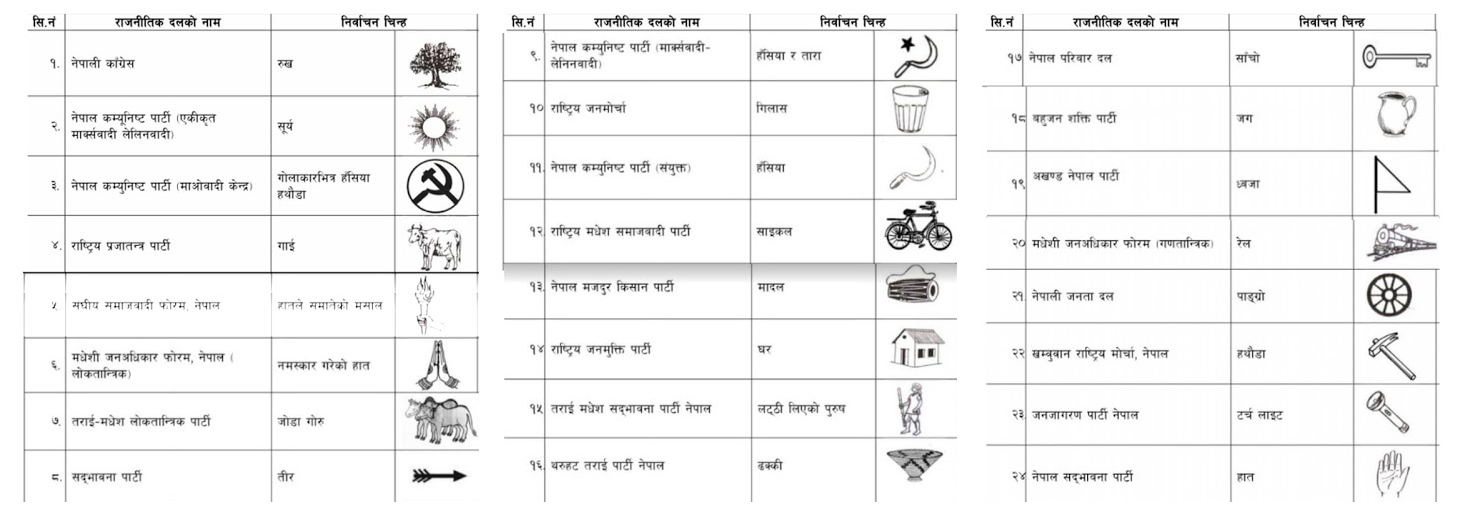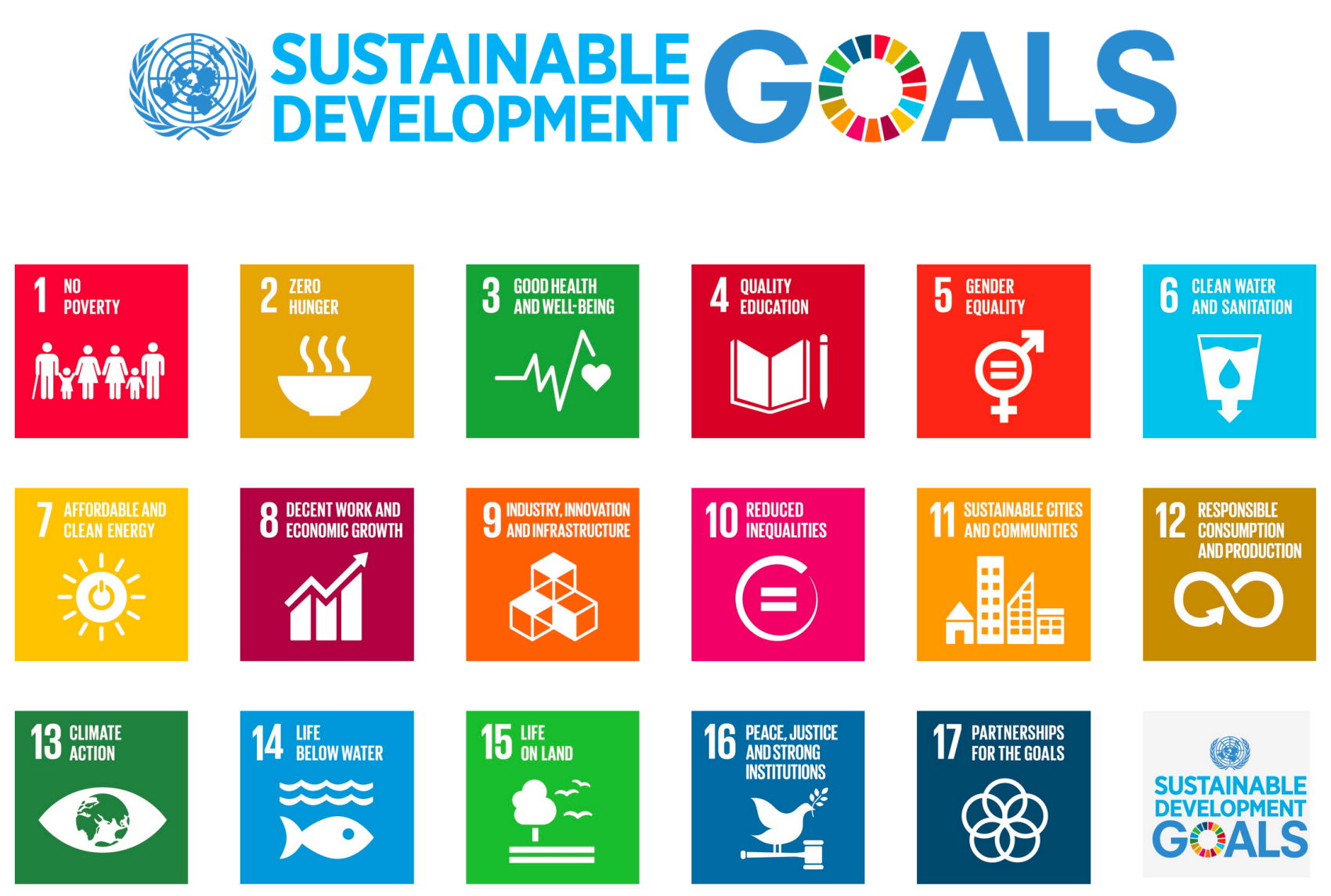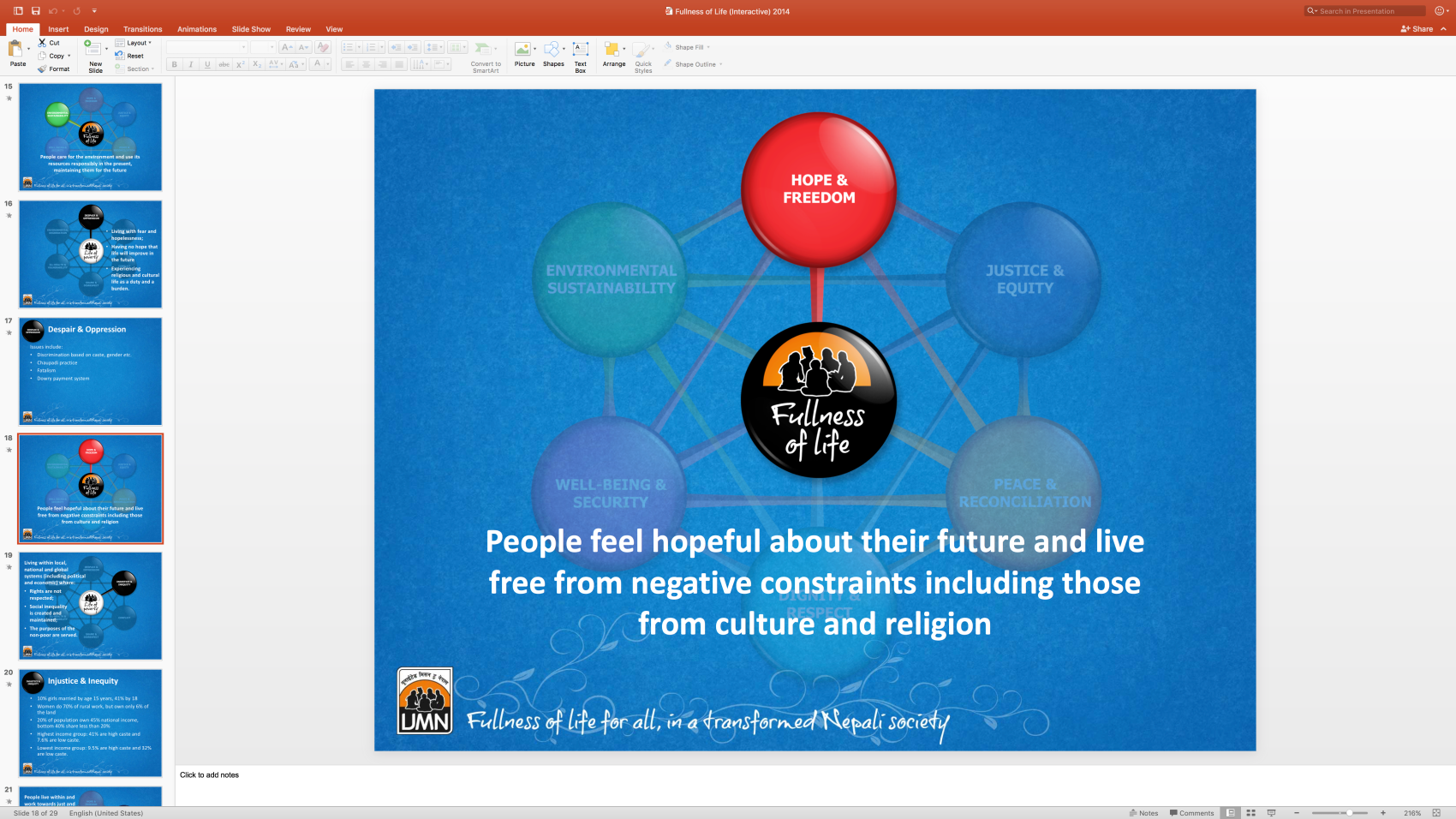
Yesterday in the Kathmandu valley it was election day. Earlier this year I designed some new business cards for the Nepali political party ‘Janajagaran’ (which means public awareness).
In Nepal, each prospective party is designated an election symbol as a way to help people identify the candidate that they want to vote for (not all voters will be able to read well enough to find the party they intend to vote for, and there are usually over 20 parties listed). The symbol for Nepali Congress is a tree, while CPN-UML has a sun, and CPN-Maoist Centre uses a hammer and sickle. There are many more (fig 1), from a cow to a bike and even a house. The symbol that Janajagaran were given is a torch (fig 2).


The ‘logo’ for the Janajagaran party is a flag which consists of a red triangle on top of a split of blue (top) and green (bottom). Inside the triangle are seven six-pointed stars representing the seven issues that the party stand for.
Recently having looked at a blog on ‘Top 6 Business Card Trends In 2017’ (Designhill, 2017), I am satisfied that the card I created for the party reflects current patterns in business cards. Some of the listed trends are the simplicity of design, using your brand elements, big typeface, witty puns and symbols, and interactive card design. The article further mentions that the central purpose of business cards is to deliver contact details of the company while also making a lasting impression on the client. These were both crucial for the business card of Janajagaran Political Party.
The card undertook the simplicity aspect as it is easily readable and understood by both Nepali and non-Nepali readers. The business card further made sure it had the branding elements of the political party such as the colour, logo and the seven stars.
As the party aims to become a shining light for the country of Nepal, I used the torch, the party’s election mark, as more of a prominent feature and symbol on the card. Generally, the symbol is just included somewhere to inform voters of the party’s mark. In contrary to the general Nepali trend, I had the light coming out of the torch revealing the relevant information including the contact information. At first, I used the two primary colours of the flag and then had drawn a nice clean, modern looking torch to come in from the bottom right, splitting the two colours. However, I later found out that I could not change the style of the torch as this had to be the same as the image assigned to them by the Election Commision. I did re-draw the torch in Illustrator, keeping the style the same to avoid confusion, as the only version available was a poor thumbnail image.
On reflection, I realise that it is crucial for a designer to understand the context of the client and the country, especially if the work involves governmental, political or legal clients. I have learnt that I should always explore such issues with clients beforehand.
The card is in English on one side and Nepali on the other. I was pleased with the final outcome and delighted with how the torch and light effect looks (fig 3).

References:
Designhill, (2017). [Infographic] Top 6 Business Card Trends In 2017. [Online] Available at: http://www.designhill.com/design-blog/top-6-business-card-trends-in-2017/ [Accessed: 8 December 2017]
Fig 1: Namaste Nepal. Local election in Nepal in 2017/2074 (election symbols). [Online] Available at http://write2basukshitiz.blogspot.com/2017/03/local-election-in-nepal-in-20172074.html [Accessed: 8 December 2017]


 Cart is empty
Cart is empty




